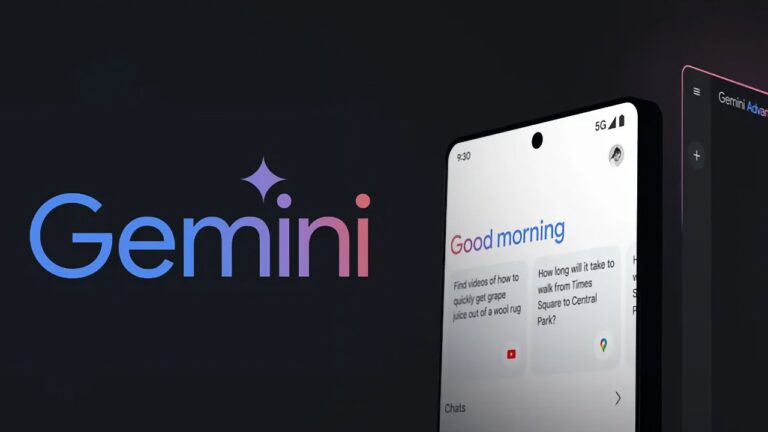
Audience
- Sentiment: Positive
- Political Group: Moderate/Pro-Technology
- Age Group: 25-45
- Gender: All Genders
Overview
- Microsoft has developed a revolutionary quantum chip that uses topological qubits for more stable and reliable computing.
- The Majorana 1 processor could accommodate up to a million qubits on a single chip, opening new possibilities for technology and science.
- Collaborations with organizations like DARPA aim to advance quantum computing for real-world applications, including healthcare and climate change solutions.
Microsoft’s Groundbreaking Quantum Chip: A Look at the Future of Computing
Imagine a world where computers can solve complex problems that today’s machines can barely scratch the surface of. Sounds like science fiction, right? Well, thanks to a groundbreaking development by Microsoft, we might be stepping into that world sooner than we think. The tech giant has announced the creation of a revolutionary quantum chip that promises to change everything about how we view computing, science, and even the environment.
What is Quantum Computing, Anyway?
Before diving into Microsoft’s exciting news, let’s get a basic understanding of quantum computing. Traditional computers you’re familiar with, like the laptops and smartphones we use daily, process information using bits. A bit can be either a zero or a one. In contrast, quantum computers use quantum bits, or qubits. What makes qubits special is their ability to exist in multiple states at once, thanks to a principle called superposition. This means that qubits can represent both zero and one at the same time, which makes quantum computers vastly more powerful than traditional computers for certain tasks.
The Unique Power of Topological Qubits
Now, Microsoft has taken a bold step forward by focusing on a new type of qubit known as topological qubits. These qubits are based on a unique architecture called the Topological Core. But why are topological qubits so special? These qubits are designed to be much more stable than traditional qubits and less prone to error, which has been a major hurdle in quantum computing.
At the core of this quantum chip is an innovative material called the topoconductor. This material uses special particles known as Majorana particles to help create these stable qubits. Think of Majorana particles as tiny superheroes of the quantum world, helping qubits withstand various disturbances that normally lead to errors. This means that computing will be more accurate and reliable, which is crucial for real-world applications.
The Majorana 1 Processor: A Leap Forward
The unveiling of the Majorana 1 processor is a massive leap in quantum technology. Microsoft claims that this new processor has the potential to accommodate up to a million qubits on a single compact chip. Just imagine, if we could fit a million tiny switches that could all be both on and off at the same time! That opens up a wealth of possibilities for advancements in technology and science.
This could lead to groundbreaking applications that address real-world issues, such as developing materials that can heal themselves or finding ways to break down microplastics in our oceans. Imagine a future with self-healing roads or biodegradable materials that clean themselves – the possibilities are truly exciting!
How Did They Achieve This?
Creating topological qubits isn’t easy. It requires meticulous attention to detail in the design and synthesis of materials. Microsoft’s team worked with substances like indium arsenide and aluminum, carefully crafting these materials to optimize for stability and performance. By using clever techniques and advanced technologies, they were able to successfully create and measure these topological qubits.
This kind of scientific and engineering work showcases the importance of teamwork in the field of technology. Different experts, from quantum physicists to material scientists, came together to solve complex problems that could lead to tremendous advancements for society. It’s a reminder of how collaboration can drive innovation and lead to breakthroughs that benefit all of us.
Working with DARPA: A Collaborative Effort
Microsoft’s journey into quantum computing isn’t just a solo mission. They are collaborating with DARPA (the Defense Advanced Research Projects Agency) through a program called the Underexplored Systems for Utility-Scale Quantum Computing (US2QC). This partnership aims to speed up the development of quantum computers that are both fault-tolerant and capable of performing calculations that go beyond the limits of classical computers.
Most of us probably don’t think too much about the boring-sounding work that goes on behind the scenes in scientific research, but collaborations like these are crucial. By working with DARPA, Microsoft aims to tackle challenges that could take much longer to solve on their own. This reinforces the idea that great advancements often arise from partnerships, blending different skills and knowledge to create something better together.
Real-World Applications of Quantum Computing
So, what does all this mean for you and me? Well, the implications of quantum computing could touch various aspects of our lives. One interesting possibility is the ability to streamline design processes in countless industries, such as healthcare and material science. For instance, imagine being able to quickly develop new drugs by simulating how they interact at a molecular level using quantum computers. This could lead to quicker discoveries and treatments for diseases that currently take years to research.
Moreover, quantum computers could also help solve complex problems related to climate change or resource management. With the ability to analyze vast amounts of data in a fraction of the time it takes today’s computers, we could make better, smarter decisions about how we care for the Earth.
The Future: Integrating Quantum Computing with AI
As Microsoft continues to develop this groundbreaking technology, we may see a future where quantum computing and artificial intelligence (AI) work hand in hand. By marrying these two powerful technologies, we could unlock even more potential for scientific discovery and technological innovation.
Imagine an AI system that, thanks to quantum computing, can process and analyze massive datasets in real-time to help solve complex problems like food distribution, energy consumption, or even disaster response. This level of integration could lead to solutions we haven’t even considered yet.
Your Thoughts Matter
Microsoft’s work on transforming quantum computing with its new topological chip is not just another tech upgrade; it’s paving the way for a future where our challenges can be tackled head-on with innovative solutions. It raises questions about our future and how we will embrace and adapt to these technologies.
As we stand on the brink of this exciting future, what are your thoughts? How do you think quantum computing could change your life in the next decade? Could it help solve issues like climate change or health care? I’d love to hear your ideas, so feel free to drop a comment below!






